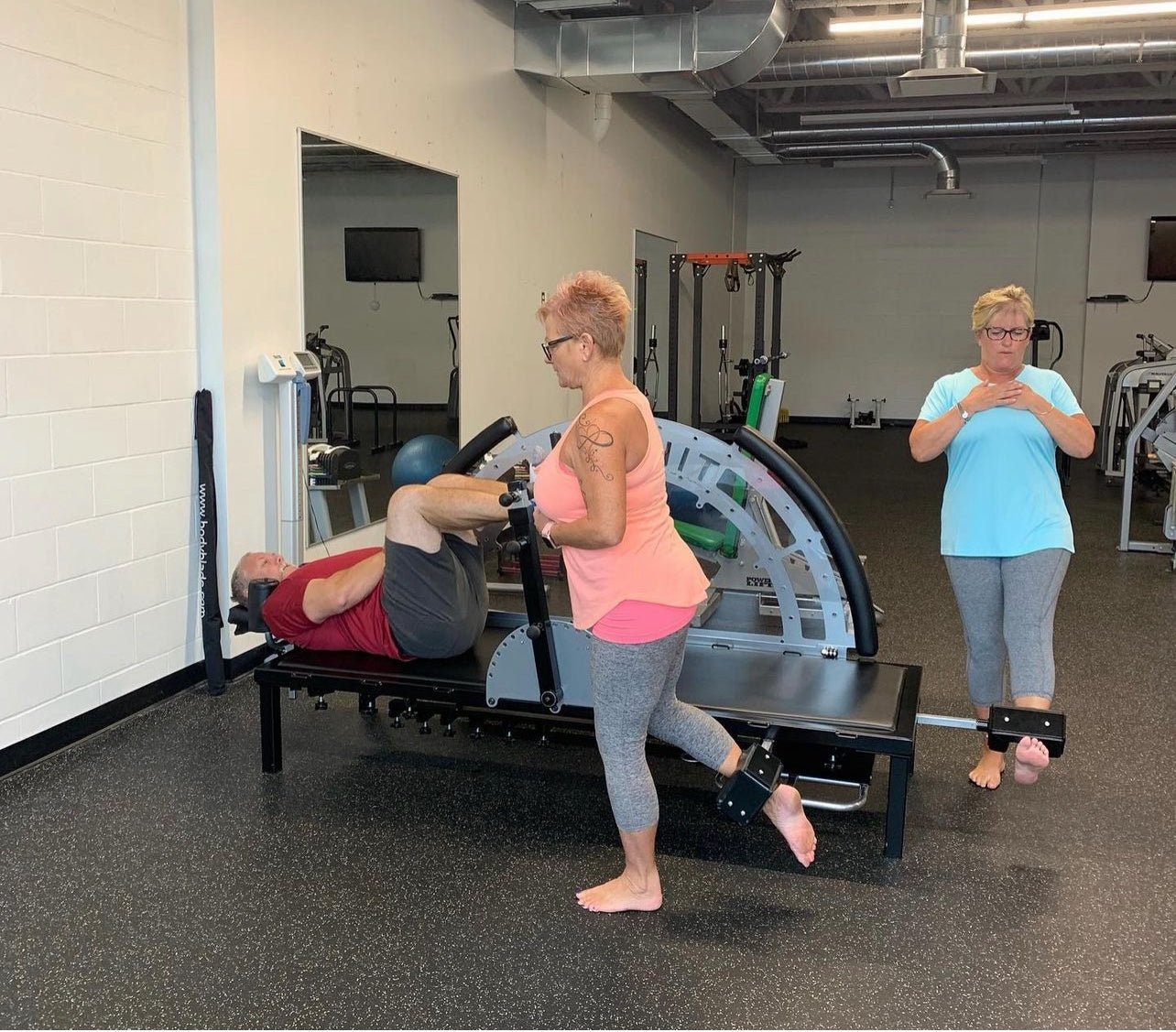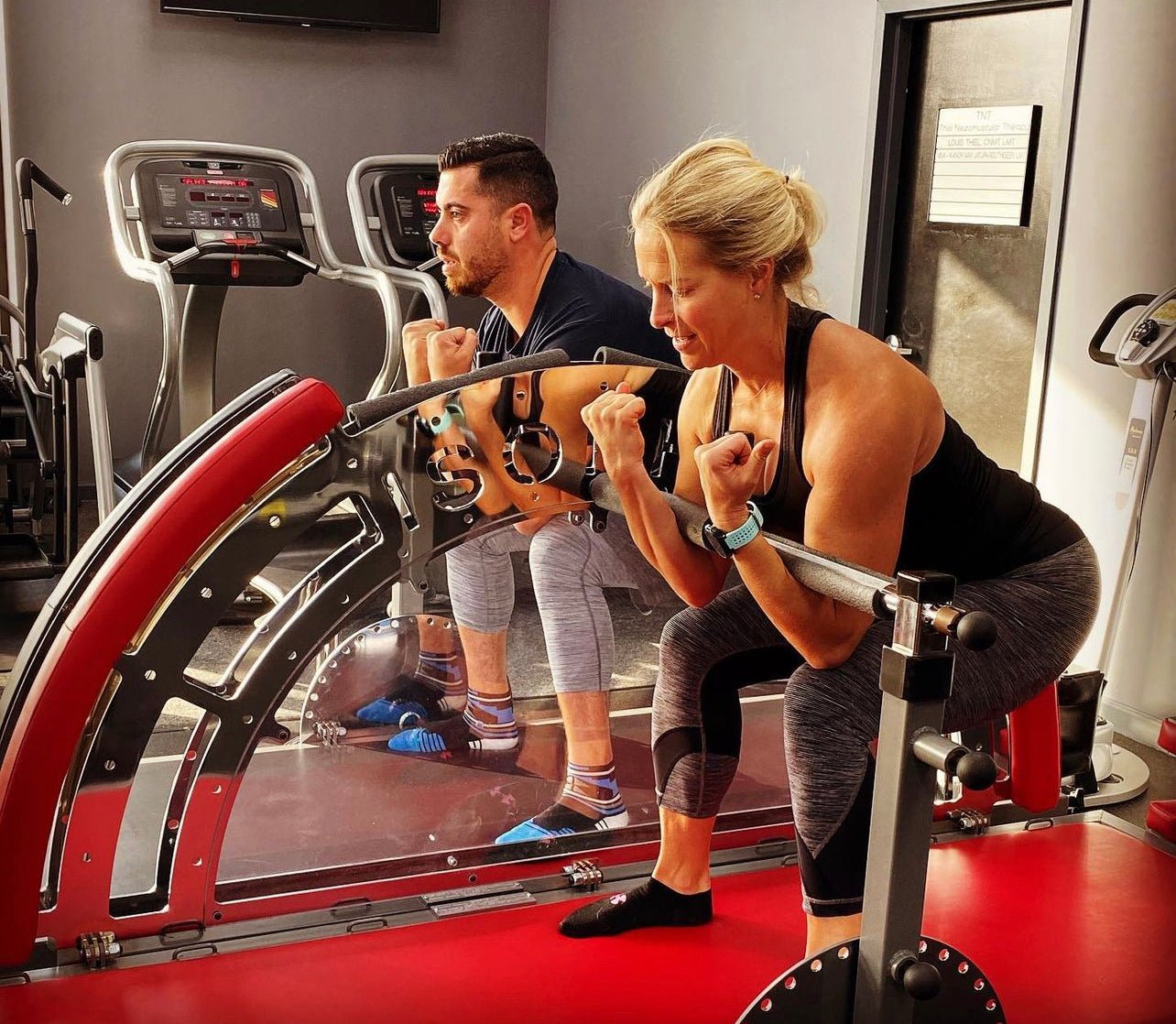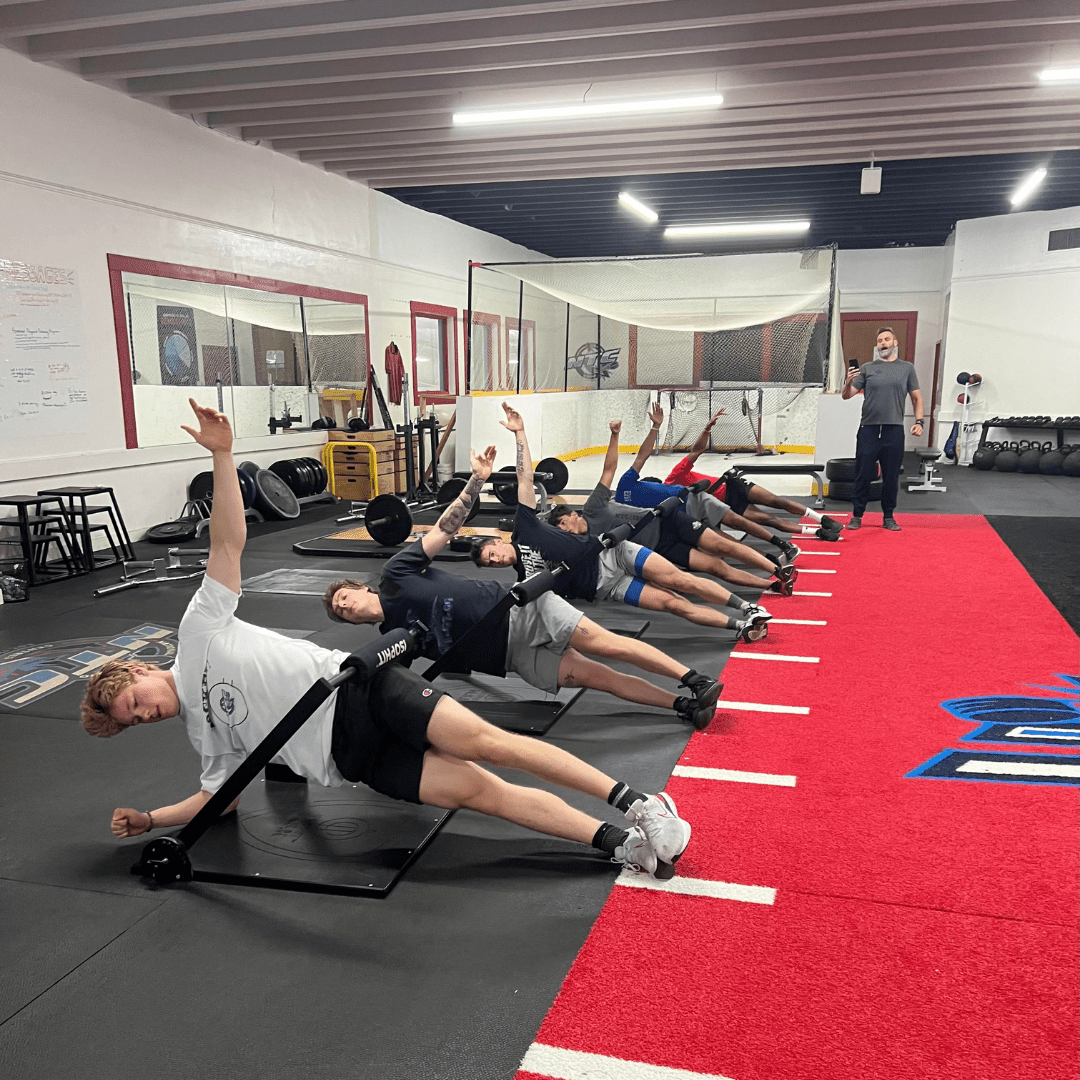In the world of fitness, rehab, and medical exercise prescription, the word “strength” is often used carelessly. Most people assume strength training refers to traditional dynamic exercises—lifting weights, performing squats, or engaging in explosive movements. But what if the research they rely on isn’t referring to dynamic strength at all, but rather to isometric strength?
This misunderstanding leads to poor exercise recommendations, increased injury risk, and missed health benefits. If we fail to specify “isometric strength” when discussing research findings, we risk prescribing the wrong types of exercise, leading to weaker individuals, greater injury rates, and higher risks of chronic disease.
Isometric Strength vs. Dynamic Strength: What’s the Difference?
The difference between isometric strength and dynamic strength (concentric and eccentric) is not just technical—it has major implications for performance, injury prevention, and longevity.
Superior Strength Gains Through Isometric Training
Research by Jones & Rutherford (1987) demonstrated that isometric training increased isometric strength by 35%, while dynamic training (eccentric and concentric) only produced 11–15% isometric strength gains. This suggests that isometric training is far superior for improving isometric strength through neuromuscular adaptations.
Neuromuscular Activation & Efficiency
Babault et al. (2001) reinforced this by showing that maximal voluntary activation was highest in isometric contractions (95.2%) compared to eccentric (88.3%) and concentric (89.7%) contractions. This means that isometric contractions recruit more motor units, making them more effective for strength development with lower joint stress. Furthermore, Stotz et al. (2023) found that isometric contractions produced greater peak torque than both eccentric and concentric contractions at optimal joint angles. This means isometric training enables individuals to generate more force safely—ideal for athletes, rehab patients, and aging populations.
Muscle Size vs. Functional Strength
Strength is not just about muscle size (hypertrophy). Jones & Rutherford (1987) found that while isometric training increased isometric strength by 35%, it only resulted in a 5% increase in muscle cross-sectional area (CSA)—and this small increase was not correlated with isometric strength gains. In contrast, dynamic training also resulted in a similar 5% increase in CSA, but with significantly lower isometric strength gains (11–15%). This suggests that isometric training builds isometric strength through neuromuscular adaptations rather than muscle growth, making it a more efficient and joint-friendly approach.
The Importance of Contraction Time in Strength Gains
In the 1995 paper, The role of metabolites in strength training Il. Short versus long isometric contractions Shott et al demonstrated that longer-duration isometric contractions produced significantly greater strength gains than shorter-duration contractions. Their study showed that continuous 30-second isometric contractions at 70% maximum voluntary contraction (MVC) led to greater isometric strength improvements compared to shorter, intermittent contractions. This confirms that time under tension is critical for maximizing isometric strength gains in isometric training.
Isometric Training: The Best Form of Exercise for Blood Pressure Reduction
Beyond isometric strength, isometric training is the most effective form of exercise for reducing blood pressure—an often-overlooked health benefit. A large-scale network meta-analysis by Edwards et al. (2023), which reviewed 270 randomized controlled trials with 15,827 participants, compared different exercise modalities for blood pressure reduction. The results were clear:
The Surface Under the Cumulative Ranking Curve (SUCRA) values, which rank effectiveness, placed isometric training far above all other methods: Isometric Training – 98.3% (Most effective), Combined Training – 75.7%, Dynamic Resistance Training – 46.1%, Aerobic Exercise – 40.5%, High-Intensity Interval Training (HIIT) – 39.4%. This means isometric training wasn’t just slightly better—it was nearly twice as effective as aerobic exercise and HIIT for lowering blood pressure. Even more specifically, isometric wall squats ranked as the single most effective exercise, achieving a 90.4% SUCRA ranking for reducing systolic blood pressure (SBP). Given that hypertension is a leading cause of heart disease, stroke, and premature death, these findings prove that isometric training is essential for cardiovascular health and longevity.
Grip Strength Research: A Perfect Example of Miscommunication
Recent research has consistently shown that grip strength is one of the strongest predictors of overall health and longevity. However, a major flaw exists in how these studies are presented: they do not specify that grip strength is an isometric measurement.
Grip Strength and Mortality Risk
A UK Biobank study by Celis-Morales et al. (2018) examined over 500,000 participants and found that weaker isometric grip strength was associated with higher risks of all-cause mortality, cardiovascular disease, respiratory disease, and cancer. A 5 kg decrease in grip strength was linked to: 20% higher risk of all-cause mortality, 19% higher risk of cardiovascular mortality, 31% higher risk of respiratory disease mortality. Yet, despite its importance, this study fails to specify that grip strength is an isometric test.
Grip Strength and Brain Health
Another UK Biobank study (Jiang et al., 2022) analyzed over 40,000 participants and found that higher isometric grip strength was associated with better cognitive function, mental health, and increased brain volume—particularly in regions linked to neurodegeneration. Again, this study does not clarify that grip strength is an isometric measure, leading many to incorrectly assume that dynamic strength training is responsible for these benefits, when in reality, isometric strength is the key factor. These studies demonstrate how mislabeling isometric strength data leads to confusion and misinformed exercise recommendations.
The Consequences of Misinterpretation
Failing to specify isometric strength in research discussions leads to poor exercise recommendations and negative health outcomes. Many studies touting strength benefits are actually referring to isometric strength, yet fitness professionals misapply these findings to dynamic strength training, which does not produce the same effects. This results in:
- Increased Injury Risk – Misapplying isometric strength research to dynamic training can lead to overuse injuries and joint strain.
- Exercise Avoidance – Many people, especially those with joint pain or mobility issues, believe strength training requires high-impact movements. Without awareness of isometric options, they may avoid training altogether.
- Higher Disease Risk – Since isometric training is the most effective method for lowering blood pressure, failing to recommend it leaves people at greater risk of cardiovascular disease.
Precision in Language = Precision in Prescription
The distinction between isometric strength and dynamic strength is not just about accuracy—it has real-world consequences for isometric strength development, injury prevention, and chronic disease management. Misinterpreting research leads to flawed exercise recommendations, discourages safe and effective training, and ultimately puts people at greater risk for injury and disease.
The solution is simple but crucial: We must explicitly state "isometric strength" when discussing research findings. Precision in language leads to precision in application—and that precision could be the key to unlocking better health outcomes, enhanced strength, and greater longevity. If one missing word has been misguiding training decisions for decades, isn’t it time to set the record straight?
At Isophit, we help the world’s strongest, fastest, and most gifted athletes—and everyday people—win more, hurt less, and age stronger!





![5. 30inThirty™ Strength Series - [15 Printable Programs] - Isophit](http://www.isophit.com/cdn/shop/files/5-30inthirty-strength-series-15-printable-programs-433761.png?v=1728497641&width=1080)




Share:
Understanding Peak Isometric Force vs. Peak Isometric Effort in Athletic Performance
Why Everyone Over 65 Should Prioritize Isometric Strength Training with Isophit